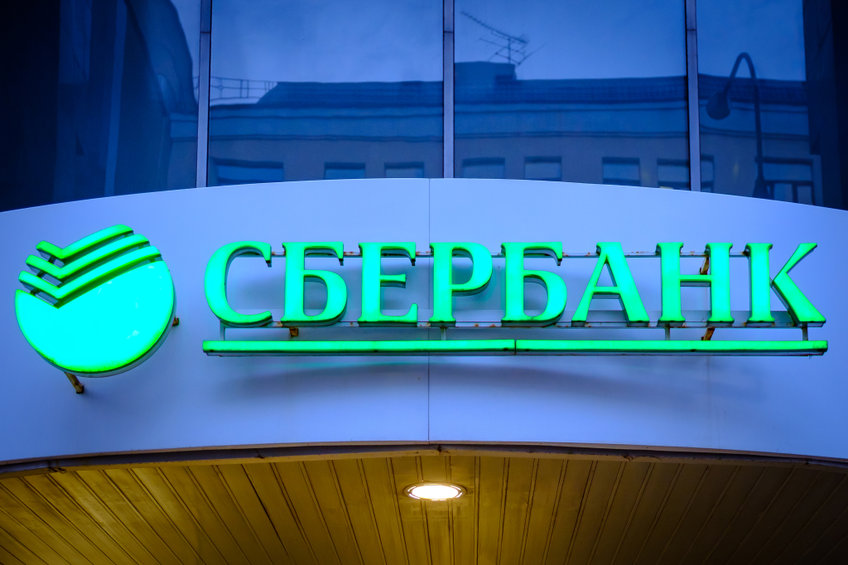
Through a statement issued on Thursday, Russia’s central bank has given the country’s top lender a license to begin issuing digital assets. This comes right on the heels of the bank being hit by US sanctions over the ongoing Russian invasion of Ukraine.
Sberbank has been under duress due to the sanctions which have resulted in a seismic drop in the value of the bank over the past month. Sberbank is a state owned bank and thus the reason for the sanctions by both the US and European Union.
The digital assets shall be issued on Sberbank’s digital platform and transactions shall be handled through the bank’s digital ledger technology systems that guarantee to ensure there is data security and data immutability.
Companies to issue digital assets through Sberbank
After receiving the license, companies shall be able to issue digital assets through the bank’s digital platform provided they can prove that they can meet the cash requirements. Companies will also be allowed to use the digital assets issued through the bank’s DLT system.
The Director of the Transaction Business Division in Sberbank, Sergey Popov, in the statement, said:
“Companies will be able to make their first transaction on our blockchain platform one month from now. We are just starting our work with digital assets, realizing that further development requires adaptation of the current regulatory framework. To do that, we are ready to work closely with the regulator and executive bodies.”
The development is a boost for the bank which lost about 95% in value on the London Stock Exchange at the beginning of the month due to the imposed sanctions. It was among other London-listed stocks like Lukoil, Novatek, and Rosneft, with attachment to Russia that suffered after the sanctions were announced.
Sberbank is the largest market share in Russia in terms of savings deposits and it is Russia’s primary credit issuer. It also has operations in several European nations making it the largest bank in Eastern Europe.

